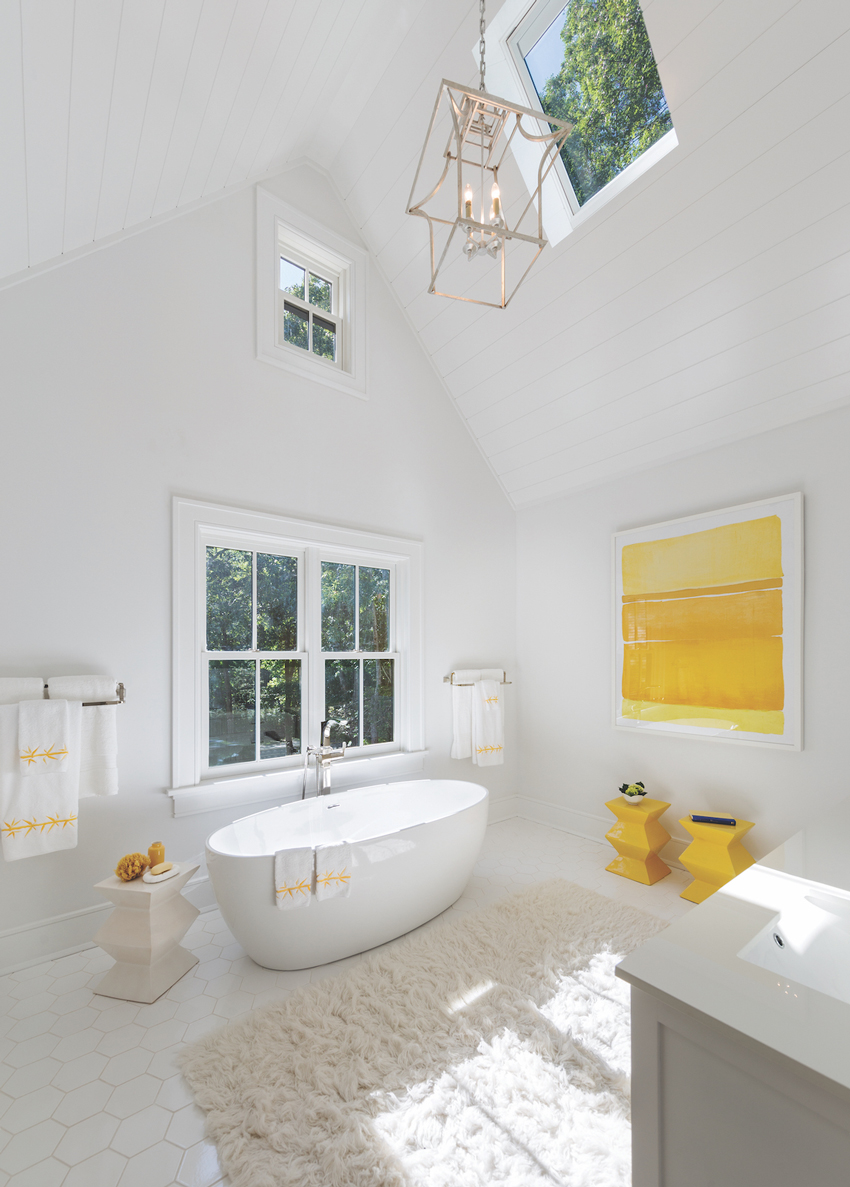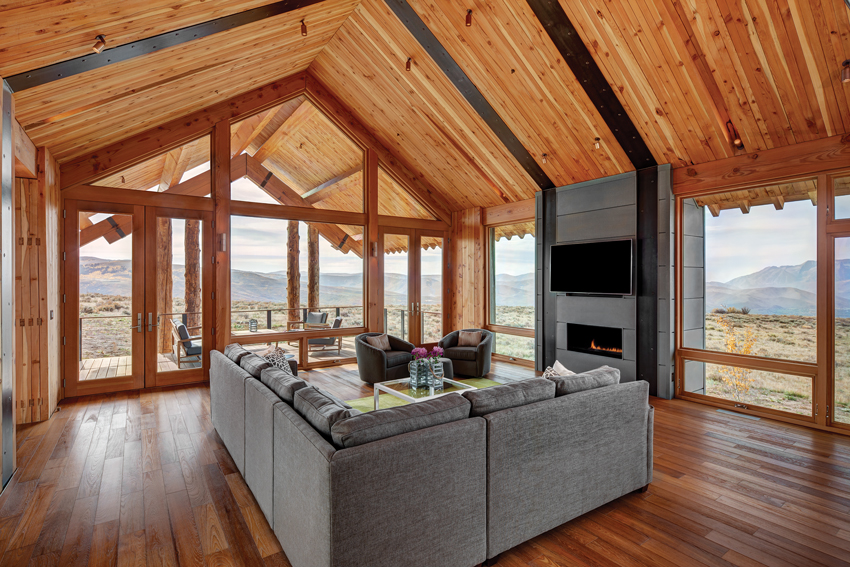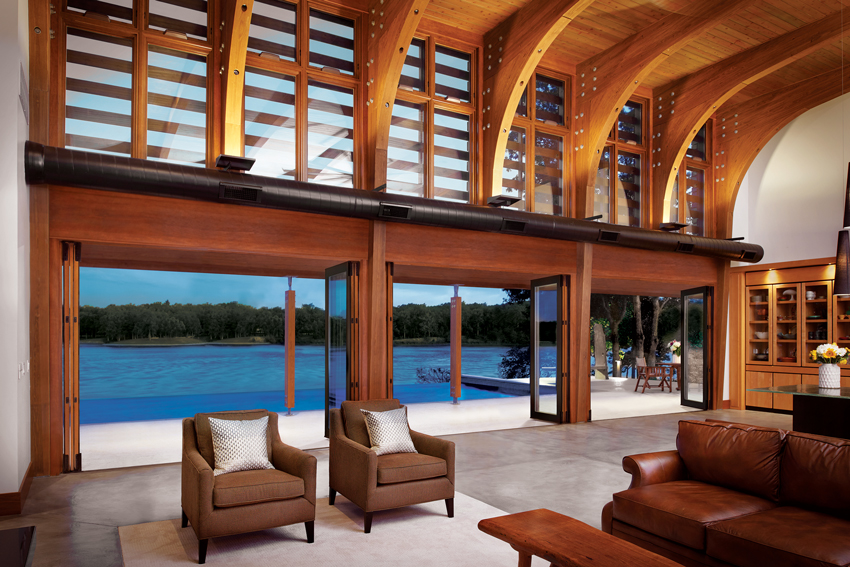How Windows and Doors Can Make a House Feel Good
 1 AIA LU/HSW; 1 IDCEC CEU/HSW; 0.1 ICC CEU; 0.1 IACET CEU*; 1 AIBD P-CE; AAA 1 Structured Learning Hour; This course can be self-reported to the AANB, as per their CE Guidelines; AAPEI 1 Structured Learning Hour; This course can be self-reported to the AIBC, as per their CE Guidelines.; MAA 1 Structured Learning Hour; This course can be self-reported to the NLAA.; This course can be self-reported to the NSAA; NWTAA 1 Structured Learning Hour; OAA 1 Learning Hour; SAA 1 Hour of Core Learning
1 AIA LU/HSW; 1 IDCEC CEU/HSW; 0.1 ICC CEU; 0.1 IACET CEU*; 1 AIBD P-CE; AAA 1 Structured Learning Hour; This course can be self-reported to the AANB, as per their CE Guidelines; AAPEI 1 Structured Learning Hour; This course can be self-reported to the AIBC, as per their CE Guidelines.; MAA 1 Structured Learning Hour; This course can be self-reported to the NLAA.; This course can be self-reported to the NSAA; NWTAA 1 Structured Learning Hour; OAA 1 Learning Hour; SAA 1 Hour of Core Learning
Learning Objectives:
- Discuss how natural light plays an important role in humans’ sleep/wake cycles and overall health and well-being.
- Define the importance of views to the health and well-being of building occupants.
- Examine how natural ventilation sources promote health and well-being.
- Understand different window and door factors that impact comfort in a person’s living environment through thermal performance, acoustical control, and operational ease.
This course is part of the Custom Home Academy
Statistics Prove Health Benefits of Natural Light
Health statistics are clear that natural light boosts well-being. Consider these:
- People’s problem solving is up to 7 percent faster when they have views to vegetation.7
- Children achieve up to 26 percent improvement in test scores when they have access to natural daylight.8
- There is up to 41 percent reduction in length of hospital stays in bright, sunlit rooms.9
- Evidence has shown that natural daylighting can improve nursing performance, leading to a decrease in errors.10
Consider the economics of health care. In 2010, the United States spent $40 billion on health-care construction. As reported in “The Economics of Biophilia” by respected consulting firm Terrapin Bright Green, more than 50 studies have been published that “associate biophilic elements as primary influences for faster recovery rates for patients, decreased dependency on medication, reduced staff and family stress, and improved emotional wellness as a result of natural daylighting and views to nature.”11
It can be assumed that the healing nature of natural views carries over to homes, where occupants healing from an injury or illness will experience a faster recovery time when the home’s design provides views of nature.
Natural Light and Universal Design
The ability to see well plays a part in occupants feeling comfortable and being safe in a home. Studies show that when eyesight fails due to age, illness, or injury, satisfaction with living diminishes. Natural light makes it easier to read or work at a sewing machine, for instance. Artificial lighting manufacturers have worked hard to replicate the waves of natural light in their products, but it could be assumed that natural light itself is better.
Lack of Natural Light and the Sick Building Syndrome
Conversely, research has shown that a lack of exposure to light can make us sick, and some countries have already begun addressing their citizens’ right to light. In Japan, skyscrapers and intense urban density led to the concept of “nissho-ken,” which translates to “a right to sunlight.” After a series of legal actions, more than 300 Japanese cities adopted “sunshine hour codes,” specifying penalties that developers must pay for casting shadows.12
The Japanese were early to realize the impact of sunlight on health and happiness, crucial when you consider that we spend up to 97 percent of our time indoors.13 All the more reason to bring light into the home since we may not get outside much to experience it.
Design Ideas to Provide Natural Light for Occupants
- Add clerestory windows for natural light, privacy, and to retain wall space.
- For contemporary designs, narrow window frames allow in more light.
- French interior doors can stream natural light from room to room.
- Window boxes, which are essentially nooks where all sides are windows, provide a seating area where one is surrounded by the healthful effects of natural light.

Photo courtesy of Marvin
Adding windows in unexpected places can bring in more natural light while still providing privacy as needed.
THE IMPORTANCE OF VIEWS TO THE HEALTH AND WELL-BEING OF BUILDING OCCUPANTS
A tenet of biophilic design is to give clients both refuge and prospect. Refuge is the home itself, providing a safe and nurturing place for the occupants to feel secure and protected. At the same time, prospect is needed. That is the ability to look out and see in the distance. Imagine ancient human cave dwellers, positioning their habitats on a hillside to benefit from the safety of the hill or mountain behind them and the ability to see who is approaching in the distance. Designers can provide both refuge and prospect to their clients with strategically placed windows and doors that provide those views.

Photo courtesy of Marvin
Humans need both refuge (the home itself) and prospect (views to the outdoors).
Windows and fenestrated doors provide a sense of place. The views outside inform occupants about where they are in the world, what plants and animals live there, and the movement of the seasons. The need for this type of information lies deep within based on our 40,000 years of collective memory.
Views Help Satisfy the Human Need to Connect with Nature
Gazing outside inspires a direct connection to the healthy, natural state that people experienced when they spent most of their time outdoors.
“The feeling of being in nature stays with you, even while inside looking at trees, a garden, or patio,” says Manny Gonzalez, FAIA, LEED AP, principal and board of directors at KTGY, a Los Angeles-based architecture firm.14
“If you do a good job as an architect, the resident won’t even know that they’re experiencing biophilic design,” Gonzalez adds. “They don’t even think about it—it just feels good.”15
Design Ideas to Provide Views for Occupants
- Scenic sliding, multi-panel doors bring the outdoors in, connecting the inside space with the environment.
- Bi-fold doors also open the inside to the outside with a single swinging active access panel door that allows for convenient everyday use.
- Picture windows in unexpected places, such as in a stairwell or along a perimeter hallway, give occupants more opportunity to connect with the outdoors.
- Contemporary/narrow window frames allow for better views.
- Minimalist hardware on windows and doors can provide least distraction from the views.
- French doors provide access to views and are available in sliding, in-swing, and out-swing options.

Photo courtesy of Marvin
Scenic sliding doors provide striking uninterrupted views to the outside.










